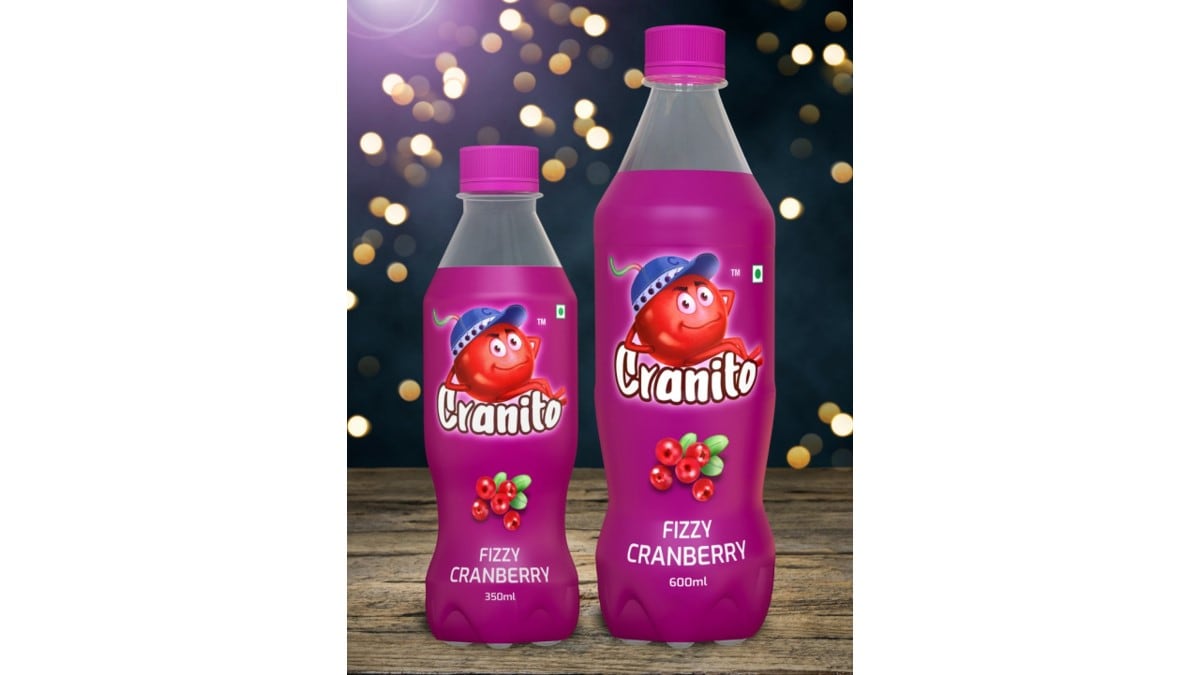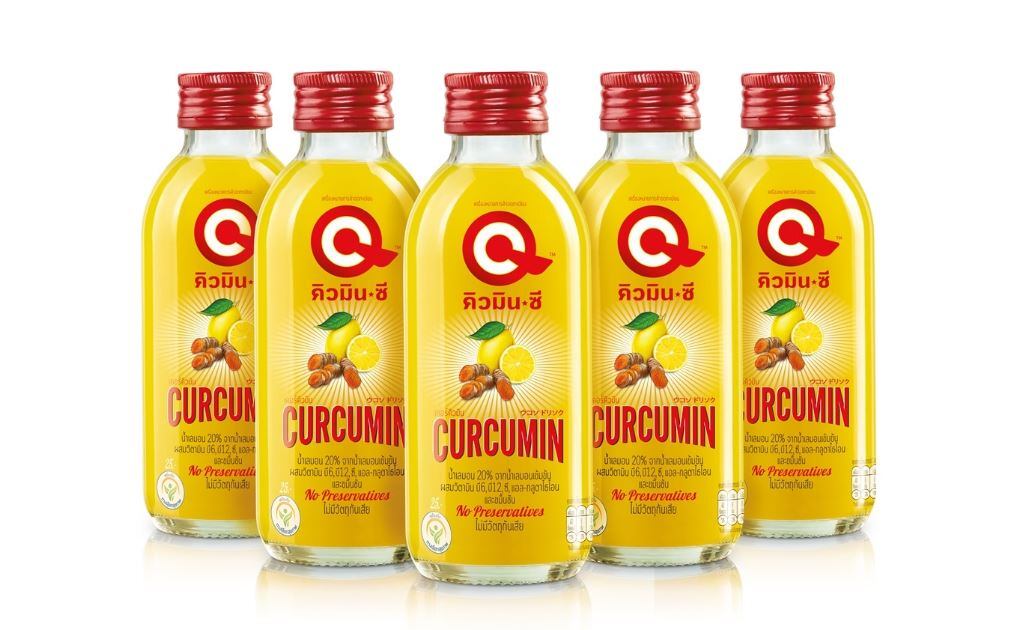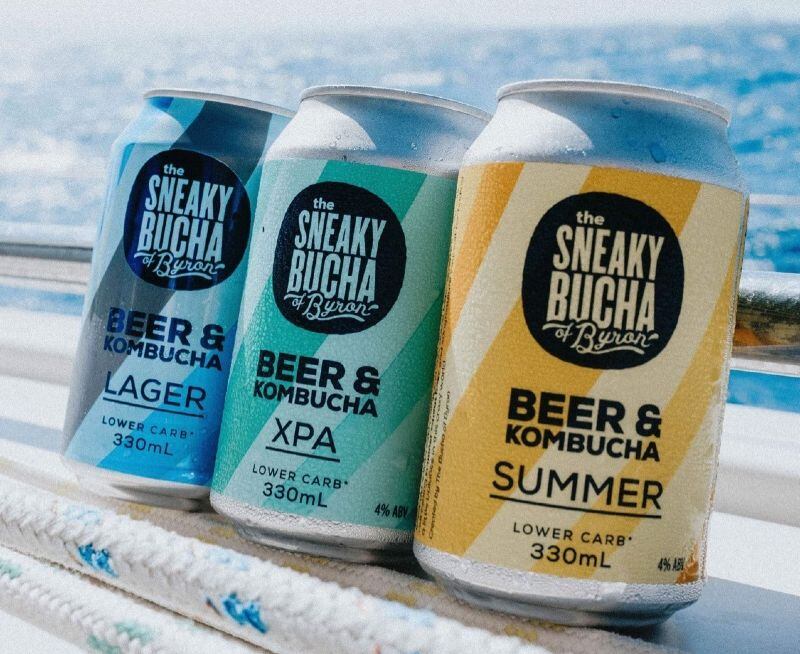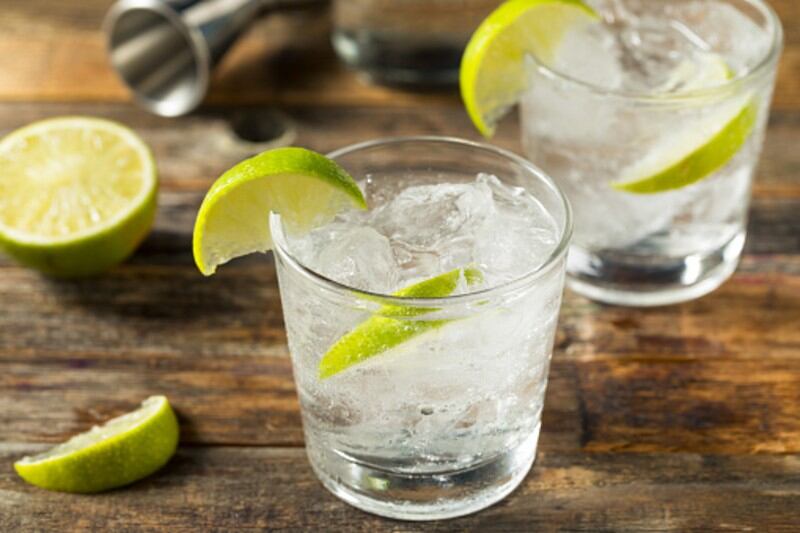Coolberg claims to be the first Indian brand to bring zero-alcohol beers into the market back in 2016, before big brand names like Buudweiser and Hoegaarden came into the picture, and remains one of the only brands to have multiple flavours of zero-alcohol beer to its name.
“At the time, the idea was to really build the zero-alcohol beer category into something fun and interesting, to give consumers bored of soft drinks a refreshing, healthier option to choose,” Coolberg CEO and Founder Pankaj Aswani told FoodNavigator-Asia.
“The market in India is enormous, of course, and we decided that one way to best stand out was to go with a range of interesting flavours – so of course there’s original malt which tastes like beer, and then others like cranberry, ginger, peach, mint and so on which are not common and serve as a alternative to cola.”
After several years in the industry, Aswani has pinpointed the toughest hurdle to cross is that of the local cultural mindset when it comes to zero alcohol beers.
“Millennials are accepting and curious when it comes to products like this, but amongst the older generation, we have really seen a challenge from a cultural point of view, where many hear the word beer or alcohol – even zero-alcohol – and are really skeptical as they don’t want to be associated with it,” he said.
“So we’ve had to do a lot of education, but in the higher age groups, it takes time to gain acceptance. That said, the category is growing fast these days with the entry of many big players, so [things may progress faster].”
The other main challenge is in price, as zero alcohol beers retail at a higher price point in India, around INR79 (US$1.08) which is almost four times more than regular soft drinks at INR20 (US$0.27).
“We were the first to launch in India so we sort of set the price point, the big players are all following this,” said Aswani.
“For this, the main thing is to ensure the products are of good quality so that consumers are willing to spend more on them. Education is again important, like getting out the message that these products are healthier than regular soft drinks – they’re made from barley malt and fermented same as beer just not to the point of alcohol, so better than just sugar and water which is what soft drinks are, plus they’re only about 50% the calories.”
Soft drink entry
That said, Coolberg is also entering the soft drink category with a new product dubbed Cranito, which is a fizzy cranberry drink, based on what consumers in India are able to accept.
“We found that fizzy drinks are still the main pathway needed to target the mass market, as these are lower priced and better for distribution so will reach more consumers much more quickly [than the premium Coolberg product],” said Aswani.
“Cranberry was the flavour we opted to try first as it picked up well as a zero alcohol beer flavour, so we know it’s what consumers will accept – we’re being cautious and will read the market before determining any new flavours, but all in all the goal is to build an entire new category around this cranberry soft drink.
“So what we expect for Cranito is for it to be an economical on-the-go option at INR20 (US$0.27) per 350ml bottle in line with more consumers’ purchasing power, so we can reach millions of stores nationwide.”
Both Coolberg and Cranito are currently being sold both online and offline at over 20,000 mom-and-pop stores, various supermarkets, cafes and more across over 100 cities in India.
Trying new products
Aswani also stressed that one of the main trends driving interest behind both the Coolberg and Cranito products is Indian consumers’ urge to try new food and beverage items.
“People really want to try something new and experiment with food and drink, and most of the time they will spend to try a new product,” he said.
“That said, there are many with limited purchasing power which is the reason for Cranito’s low price, so people can just spend INR20 to try something new.”
He believes that this extends beyond just India too, and is looking at expanding to ASEAN markets and other countries neighbouring India in a couple of years.
“Overall the trend for zero alcohol beer has been picking up across the globe, and we want to be there too – that said, it’s a long process to build a new category, so we want to build a deeper understanding of both zero alcohol beer and the cranberry markets, so that we will continue to focus on these first,” said Aswani.





